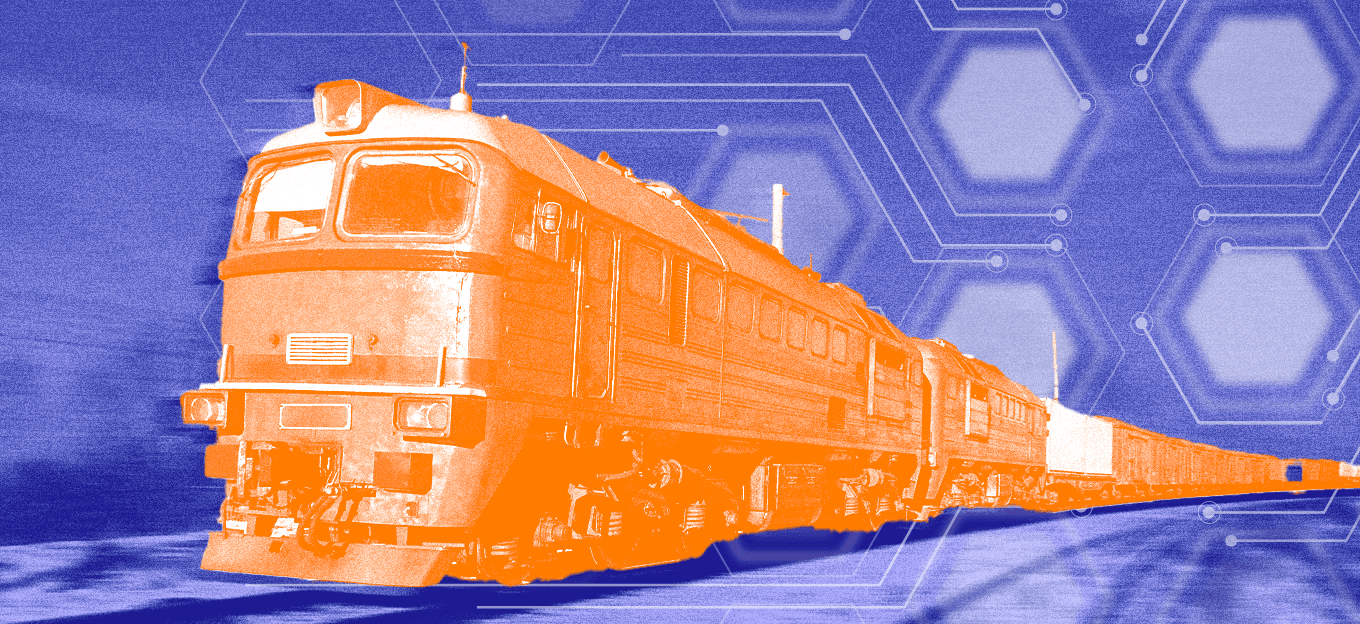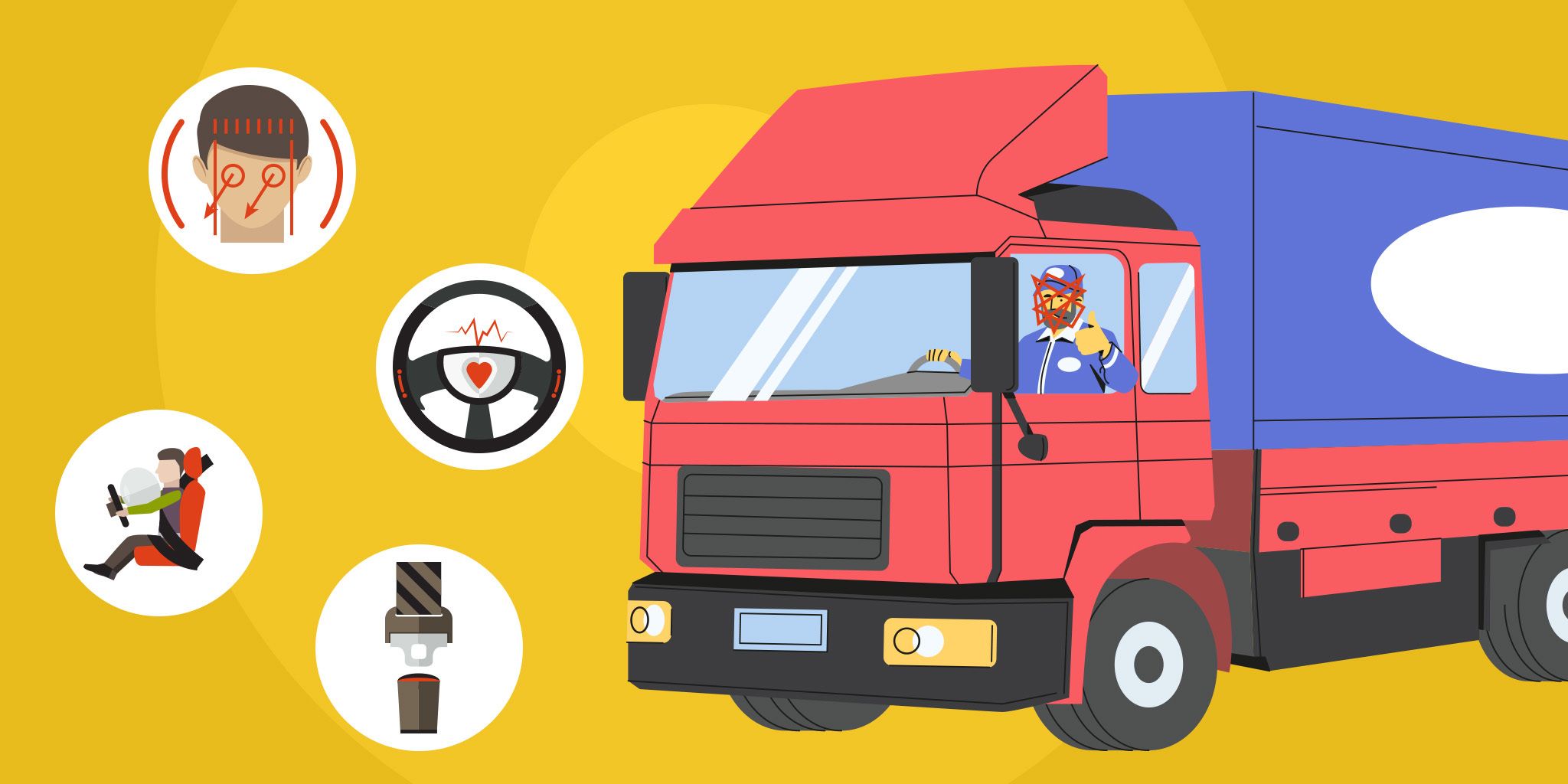4 Ways IoT Drives the Future of Logistics and Transportation
4 Ways IoT Drives the Future of Logistics and Transportation
- Last Updated: December 2, 2024
Emily Newton
- Last Updated: December 2, 2024



The Internet of Things (IoT) has significantly changed many industries and applications by enabling better oversight. Many professionals are becoming familiar with the benefits of IoT in logistics and transportation and how the technology could enhance their businesses.
1. Improving Safety
People working in the logistics and transportation industries often drive large, heavy vehicles for shifts lasting several hours. The IoT can increase the information they get, reducing the likelihood of accidents that harm themselves and others.
In one example, an automobile brand unveiled an IoT solution that allows communication between vehicles, city infrastructure and vulnerable road users. Some early tests of the technology have alerted drivers of nearby construction sites or school zones.
Developers are working on options that streamline communication between vehicles, road signs, lights and cellular towers. They believe when drivers get more real-time details, they have the information to keep themselves and everyone around them safer.
Many people are also learning about the benefits of IoT in logistics after installing sensors. Those additional allow them to monitor specifics about vehicles and drivers and then make actionable decisions based on the data.
Such approaches promote safety by warning people of vehicle issues that need immediate attention to avoid catastrophic outcomes. They can also tell supervisors which drivers may have dangerous road habits and need coaching to address them.
Some IoT solutions combine with cameras, giving managers a comprehensive picture of each potentially dangerous driving event. They can then use that information to determine what happened and why drivers behaved in certain ways. Such insights are excellent for giving people specific feedback and empowering them to change for the better.
2. Reducing Transit-Related Risks
A lot can happen in the time between goods leaving factories and reaching their destinations. One of the benefits of IoT in logistics is that it can provide real-time information. If a refrigerated truck’s door is left open, the right people know about that issue immediately rather than hours later.
IoT sensors also indicate if items get dropped or handled roughly. Such patterns could highlight problems with specific logistics partners or indicate the products may need packaging that offers better protection.
The IoT is also helpful for coping with extreme temperatures. Some take automatic actions at specific thresholds, ensuring perishable goods don’t get too warm. Others can trigger audible alerts to remind drivers to turn on the air conditioning in cabs. This functionality can minimize risks and reduce insurance costs, making IoT sensors worth pursuing.
Some decision-makers also rely on IoT products to tackle cargo theft, which can happen along the entire supply chain. Factors such as unsecured facilities, insufficient driver training and seasonality can elevate cargo theft risks. Although some criminals target warehouse-stored goods, others look for merchandise on the move, hoping to encounter situations where drivers get distracted and leave expensive goods unattended.
IoT sensors let fleet managers see the location and status of trucks or individual shipments. Precise and timely information can assist in quickly recovering stolen goods and prosecuting the perpetrators. However, this technology could also stop thefts in progress, such as if someone can remotely activate an alarm and flashing lights to attract attention and deter criminals.
3. Increasing Visibility
Estimates suggest there will be more than 24 billion IoT-connected devices used worldwide by 2030. Although consumer devices account for part of that number, many products are industrial solutions that aid preparedness.
If you’ve ever seen a truck full of goods pull up to a retail location, you probably know teams of people have anticipated its arrival and are ready to immediately begin unloading the boxes. However, heavy traffic, road accidents and incorrect routing can cause drivers to arrive at their destinations later than expected. Conversely, many make up time, especially if traveling at off hours when the roads are less busy.
Team members familiar with the benefits of IoT in logistics use sensor data for better planning. They can see the real-time location of trucks in transit and estimated arrival times. Whenever the trucks arrive, they’ll have the knowledge to staff enough people so the goods get unloaded promptly. This approach prevents delays and enhances productivity for everyone involved.
Researchers also developed an IoT solution that allowed parents to see the real-time locations of school buses and when the vehicles should arrive at each stop. Such information helps them get their kids ready each morning and ensure they don’t wait outside for too long.
School administrators can also see details such as how many children are on the bus at any time. Those insights allow making data-driven decisions about adding or changing routes to better serve all learners who avail of them.
4. Getting Goods to the Right Places
The sheer volume of parcels moving worldwide means mistakes happen and some packages end up in the wrong places. However, some logistics brands, such as UPS, are using smart packaging solutions to reduce such instances.
The company’s approach involves wearable devices for employees and package tags to reduce manual efforts and improve statistics. Currently, one in every 400 parcels gets loaded onto the wrong vehicle.
Those events cause confusion and customer dissatisfaction. However, leaders hope to reduce the rate to one in 800 by increasing packaging connectivity. Statistics showed 50 locations using this method have achieved a 1-in-1,000 rate of packages placed onto the wrong vehicles, indicating potential beyond what leaders expect.
IoT tracking can also minimize customers’ need to call customer service to find out about parcels in transit. Containers equipped with IoT sensors can provide up-to-date information for anyone with relevant details on packages moving through the system.
Will You Experience the Benefits of IoT in Logistics and Transportation?
There are practical and effective ways to apply IoT to the logistics and transportation industries. Anyone working in those areas should strongly consider how the technology could improve their processes.
The Most Comprehensive IoT Newsletter for Enterprises
Showcasing the highest-quality content, resources, news, and insights from the world of the Internet of Things. Subscribe to remain informed and up-to-date.
New Podcast Episode

Moving Past the Pilot Phase in IoT and AI
Related Articles





